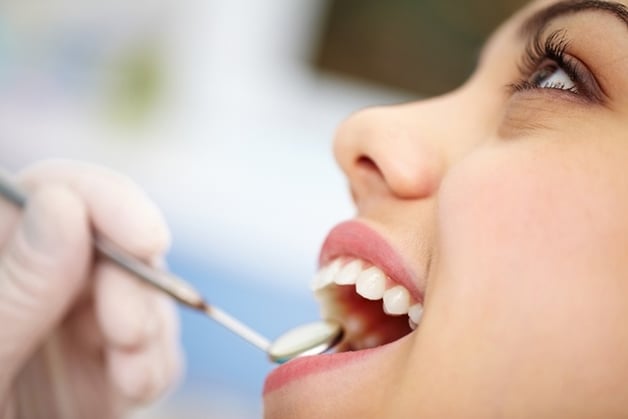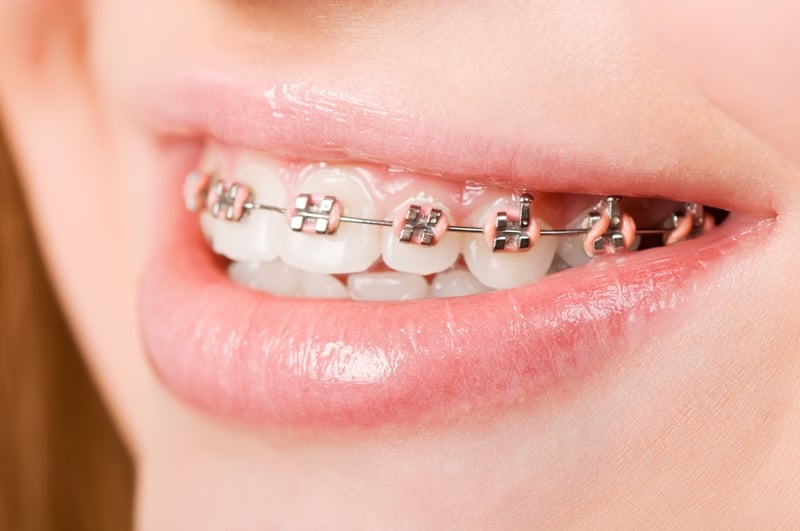 Your very first tooth usually appears when you're about 6 months old, but that marks only the beginning of a lifetime of oral development. Admittedly, most of the exciting dental firsts happen during childhood, like losing the first tooth or going to the dentist for the first time, but a lot of changes still occur later on. That's why finding low-cost dental care and practicing adequate oral hygiene are so important - keeping a healthy smile is an ongoing endeavor. Here are just three of the exciting oral milestones for people between the ages of 12 and 25:
Your very first tooth usually appears when you're about 6 months old, but that marks only the beginning of a lifetime of oral development. Admittedly, most of the exciting dental firsts happen during childhood, like losing the first tooth or going to the dentist for the first time, but a lot of changes still occur later on. That's why finding low-cost dental care and practicing adequate oral hygiene are so important - keeping a healthy smile is an ongoing endeavor. Here are just three of the exciting oral milestones for people between the ages of 12 and 25:
A complete smile
You get your full set of adult teeth in the early teen years. According to the Cleveland Clinic, the second molars - the last permanent teeth to grow in before the wisdom teeth - typically erupt between ages 11-13.
The Dental Health Foundation explained that the molars' large, flat surfaces make them ideal for chewing, crushing and grinding food. Keeping them healthy is important for both eating and avoiding infection. However, because molars are so far back in the mouth, it can be difficult to clean them. When brushing molars, avoid clenching your jaw shut, as this restricts how far back the toothbrush can go. Rather, keep your mouth open slightly and be sure to scrub all sides of the teeth.
Colgate noted that dental sealants can help prevent bacteria from collecting in the tiny crevices on hard-to-reach molars. Patients wanting this extra level of protection have to find a dentist who can apply the liquid over the tooth's surface, which then hardens like a shield.

Many young teens get braces.
Braces or retainers
Many teens and adults are familiar with the tightening and extra dental care required for orthodontic treatments like braces and retainers. According to the American Dental Association (ADA), the purpose of these fixtures, which are usually incorporated into a child's dental plan by age 14, is to correct misaligned bites. Not only does this step serve an esthetic purpose, but it can reduce one's risk for the dental decay, tooth loss, gum disease, jaw issues and chewing problems associated with overbites and underbites.
Treatment plans typically call for the use of braces for about one to three years, and then the patient usually wears a retainer. This strategy is designed to create the ideal bite and allow for permanent change.
Wisdom teeth removal
This oral surgery is often necessary when the wisdom teeth (or third molars) start erupting, which happens during the late teens or early 20s. While patients don't always need to get these teeth taken out, a dentist may choose to do so if the individual experiences pain, infection, damage to surrounding teeth, cysts or decay, according to the ADA.
Dental health comes with a lot of milestones, and no matter how old you are, taking care of your smile is important for staying healthy and happy.
